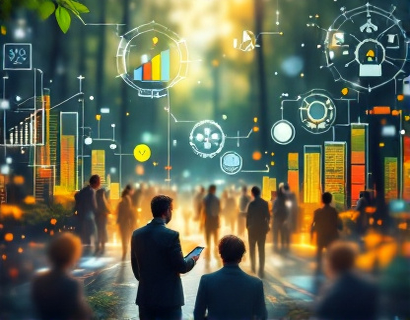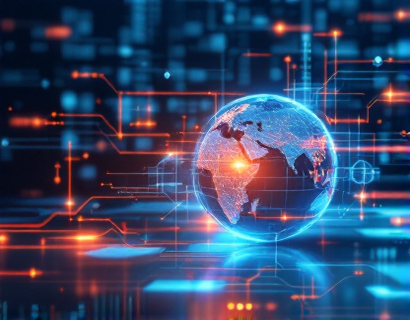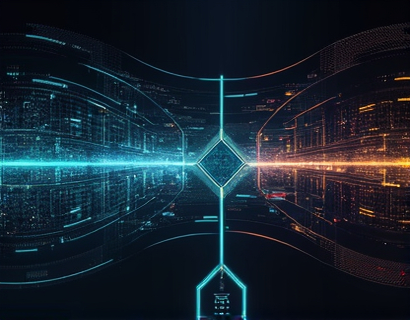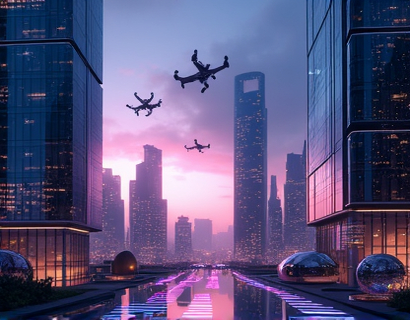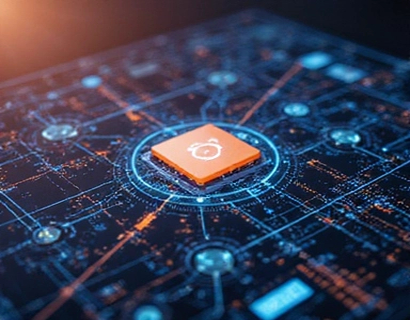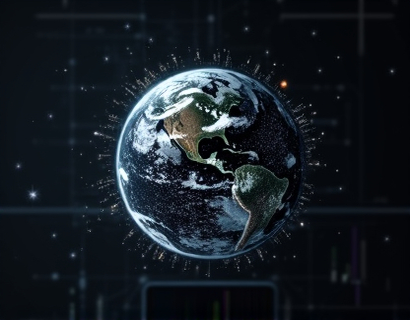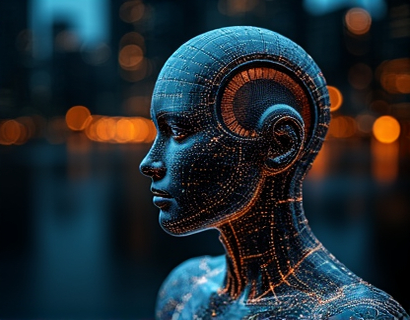Automated Document Translation: Transforming Global Communication with AI-Powered Multilingual Solutions
In an increasingly globalized world, the need for efficient and accurate multilingual communication has become paramount. Businesses and individuals are constantly seeking ways to bridge language barriers to enhance collaboration, expand markets, and improve customer service. Automated document translation, powered by advanced AI technologies, has emerged as a revolutionary solution to this challenge. This article delves into the transformative impact of AI-driven document translation software, highlighting how it is reshaping global communication and making multilingual document management more accessible and efficient.
The Rise of AI-Powered Document Translation
The advent of artificial intelligence and machine learning has significantly advanced the field of document translation. Traditional translation methods, often reliant on human translators, were time-consuming, costly, and sometimes prone to errors. AI-powered translation tools have addressed these limitations by offering faster, more accurate, and culturally sensitive translations. These tools leverage vast datasets and sophisticated algorithms to understand context, nuances, and cultural subtleties, ensuring that translations are not only linguistically correct but also contextually appropriate.
How AI-Driven Translation Works
AI-driven document translation involves several key components that work together to produce high-quality translations. The process begins with natural language processing (NLP), which enables the system to understand and interpret the source text. NLP algorithms analyze the text to identify words, phrases, and sentences, and to grasp the overall meaning and context. Once the text is understood, machine translation (MT) algorithms translate the content into the target language. Modern MT systems use neural machine translation (NMT), a subset of deep learning, which models the translation process as a sequence-to-sequence task. This approach allows the system to generate more natural and fluent translations.
Post-processing is another crucial step in the translation workflow. After the initial translation, post-processing algorithms refine the output to correct grammatical errors, improve sentence structure, and ensure cultural relevance. This step is vital for maintaining the accuracy and readability of the translated document. Additionally, AI systems can learn from user feedback and previous translations to continuously improve their performance over time.
Benefits of Automated Document Translation
The benefits of adopting AI-powered document translation are numerous and significant. One of the most immediate advantages is the substantial time savings. Traditional translation methods can take days or even weeks to complete, especially for large documents. AI-driven tools can process and translate documents in a matter of minutes, allowing businesses and individuals to quickly access information in multiple languages. This speed is particularly valuable in fast-paced industries such as finance, legal, and healthcare, where timely communication can be critical.
Cost efficiency is another major benefit. Hiring professional human translators can be expensive, especially for large volumes of text. AI-powered translation tools reduce the need for extensive human resources, lowering translation costs without compromising on quality. This makes multilingual communication more accessible to small and medium-sized enterprises (SMEs) that may not have the budget for traditional translation services.
Accuracy and consistency are also enhanced with AI-driven translation. Human translators, while skilled, can make mistakes, especially when dealing with complex or specialized content. AI systems, on the other hand, can maintain a high level of accuracy across large volumes of text. Moreover, these systems can ensure consistency in terminology and style, which is crucial for brand identity and professional communication.
Cultural Sensitivity in Translation
One of the most significant challenges in document translation is maintaining cultural sensitivity. AI-powered translation tools are designed to be culturally aware, taking into account regional nuances, idioms, and cultural references. This is achieved through advanced NLP techniques that analyze not just the literal meaning of words but also their cultural context. For instance, a phrase that is common and acceptable in one culture may be offensive in another. AI systems can detect these differences and adjust the translation accordingly, ensuring that the content resonates with the target audience without causing misunderstandings or offense.
Furthermore, AI-driven translation tools can be customized to cater to specific industries or regions. For example, a medical document translated for a German-speaking audience can be tailored to use medical terminology that is commonly used in Germany, rather than a more general or American version. This level of customization is difficult to achieve with human translators alone and significantly enhances the relevance and effectiveness of the translation.
Enhancing International Collaboration
The impact of AI-powered document translation on international collaboration cannot be overstated. In a global business environment, teams often consist of members from different countries and linguistic backgrounds. AI-driven translation tools break down language barriers, enabling seamless communication and collaboration. Project managers can share documents, reports, and strategies in real-time, ensuring that all team members are on the same page regardless of their native language.
In the academic and research communities, AI translation tools facilitate the sharing of knowledge and findings across linguistic boundaries. Researchers can publish their work in multiple languages, reaching a broader audience and fostering international partnerships. This not only accelerates the pace of research but also promotes diversity and inclusivity in the global academic landscape.
Challenges and Limitations
Despite the numerous advantages, AI-powered document translation is not without its challenges. One of the primary limitations is the accuracy of translations in highly specialized or domain-specific content. While AI systems have made significant strides, they may still struggle with highly technical or jargon-heavy texts. In such cases, human oversight and expertise are essential to ensure the translation's accuracy and relevance.
Another challenge is the variability in language use, particularly in informal or creative writing. Sarcasm, humor, and figurative language can be difficult for AI systems to interpret correctly, leading to translations that may lose the original intent or tone. Continuous improvements in AI algorithms and the incorporation of more diverse training data are helping to address these issues, but they remain areas of active research and development.
Future Trends in AI-Driven Translation
The field of AI-powered document translation is rapidly evolving, with several promising trends on the horizon. One such trend is the integration of multimodal translation, which combines text with other media such as images, videos, and audio. This approach can provide a more comprehensive and context-rich translation, especially for content that relies heavily on visual elements. For example, a travel guide translated into multiple languages can include images of landmarks and cultural sites, enhancing the user's understanding and experience.
Another exciting development is the use of federated learning, a privacy-preserving technique that allows AI models to be trained across multiple decentralized devices or servers without sharing sensitive data. This approach can help improve translation models while maintaining user privacy and data security, addressing one of the key concerns in the adoption of AI technologies.
Additionally, the rise of low-resource languages is an important area of focus. Many languages spoken by smaller communities lack the extensive datasets required for high-quality translations. Researchers are working on techniques to train AI models with limited data, making multilingual communication more accessible to a wider range of languages and cultures.
Conclusion
AI-powered document translation is revolutionizing global communication by providing accurate, efficient, and culturally sensitive translation solutions. These tools are not only saving time and resources but also breaking down language barriers, fostering international collaboration, and expanding market reach. As the technology continues to advance, we can expect even more sophisticated and versatile translation capabilities, further enhancing the interconnectedness of our global community. Embracing AI-driven translation is no longer an option but a necessity for businesses and individuals looking to thrive in a multilingual world.





